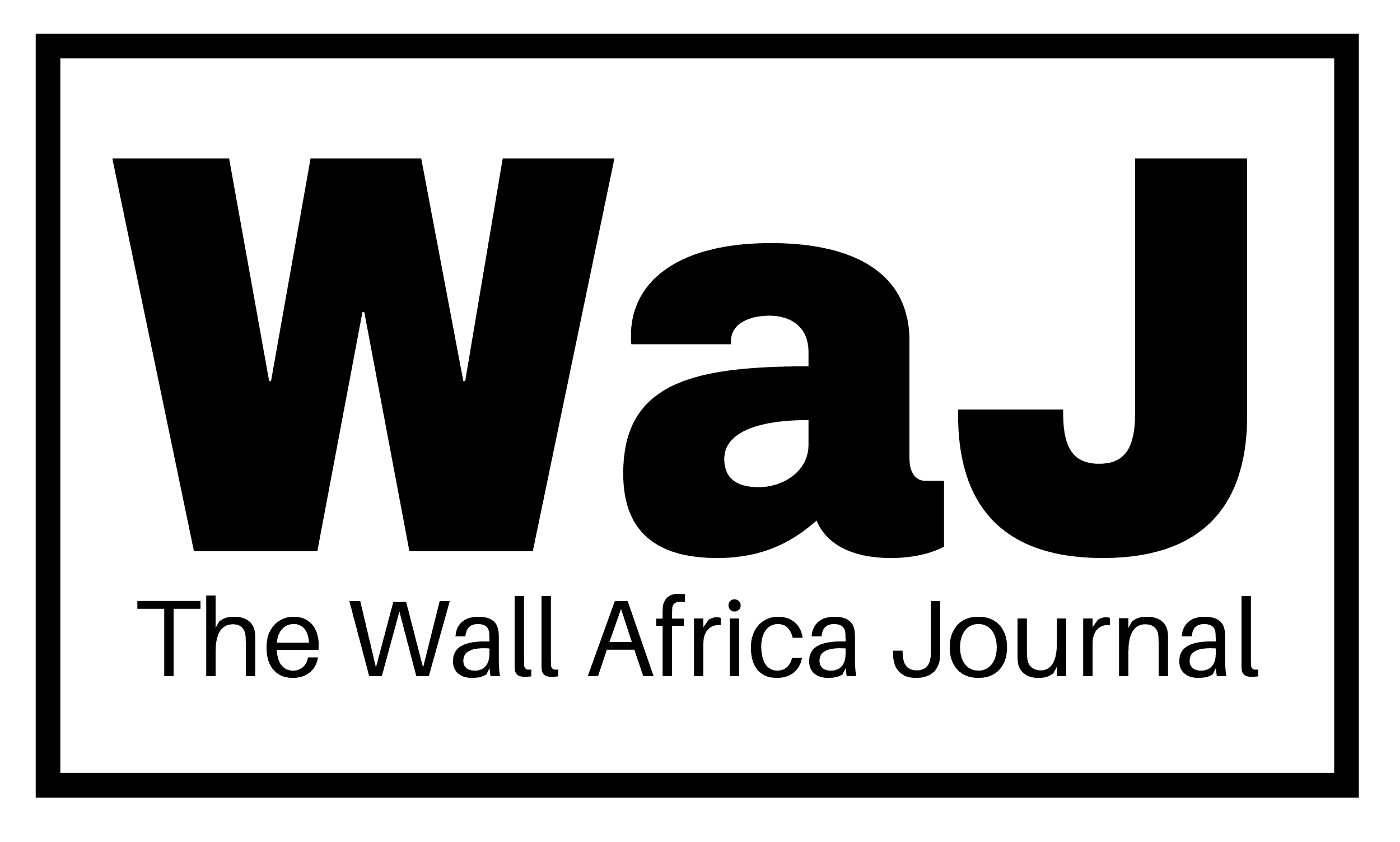Zimbabwe is spiraling into political and economic turmoil, raising concerns across Southern Africa. Deep divisions in the ruling ZANU-PF party, a worsening economy, and shifting international alliances are all fueling the crisis. As the situation worsens, the risks extend beyond Zimbabwe’s borders, threatening regional peace and stability.
This article highlights key developments behind the country’s unfolding crisis and explores its broader impact on Southern Africa.
ZANU-PF Party Faces Internal Turmoil
The ruling ZANU-PF party is facing serious internal challenges. President Emmerson Mnangagwa, who took office in 2017 after the ousting of Robert Mugabe, is now under pressure. His desire to extend his presidency beyond the 2028 constitutional term limit has sparked unrest within the party.
On March 31, 2025, a national shutdown paralyzed major cities. The protest, reportedly led by ZANU-PF member Blessed Geza and backed by war veterans, shut down schools, markets, and transportation. Security forces responded by arresting 95 people in Harare. Still, the shutdown sent a clear message—many citizens and party members oppose Mnangagwa’s plan to stay in power.
Some political observers fear the divisions could lead to wider conflict. Blessing Vava, a spokesperson for the Crisis in Zimbabwe Coalition, warned that a civil war is not out of the question. Across Africa, similar power struggles have triggered unrest, as seen in Uganda and Cameroon. The pattern is becoming familiar—leaders who stay too long often weaken both democracy and national stability
Chiwenga’s Silence Creates More Questions
Vice President Constantino Chiwenga remains a powerful but silent figure in the crisis. Many believe he could replace Mnangagwa if internal pressure forces change. However, his silence has only deepened uncertainty. While the government denies any internal problems, the removal of vocal critics like Geza suggests otherwise.
By labeling dissenters as traitors and forcing them out, Mnangagwa appears focused on holding onto power. Yet this strategy might backfire. Analysts warn that silencing opposition within the party could lead to a deeper split and even violence.
Economic Collapse Fuels Growing Anger
As political tensions rise, the economy continues to deteriorate. Zimbabwe is battling one of the world’s highest unemployment rates, approaching 95/percent. Inflation is out of control. Food shortages—worsened by drought—are now widespread. The local currency remains unstable, and investor confidence has collapsed.
The Southern African Development Community (SADC) says Zimbabwe has lost over $100 billion in aid and investment since 2001. Economic mismanagement and political repression are major factors. This crisis is no longer just a Zimbabwean problem—it threatens the region.
South Africa is already feeling the pressure. It faces rising numbers of Zimbabwean migrants and growing trade risks. With its own economy under stress, Pretoria is concerned about the regional fallout.
Mnangagwa’s Surprise Tariff Move Raises Suspicions
In a surprising shift, President Mnangagwa announced on April 6, 2025, that Zimbabwe would remove all tariffs on U.S. imports. The move follows the U.S. decision to impose an 18/percent tariff on Zimbabwean exports. Mnangagwa framed the decision as a goodwill gesture toward the incoming Trump administration.
However, critics question his true motives. Investigative journalist Hopewell Chin’ono argues that the move is aimed at gaining personal favor from Washington. Political analyst Tendai Mbanje adds that the policy benefits U.S. exporters more than Zimbabweans.
The announcement has upset some regional partners. Lesotho, now facing a 50/percent U.S. tariff, is calling for a united SADC response. Yet no joint decision has emerged. The lack of unity exposes Africa’s weak position in global trade negotiations.
Continental Trends Show Similar Frustration
Zimbabwe’s crisis fits a broader pattern across Africa. Citizens are growing tired of long-ruling leaders and slow reforms. Recent protests in Kenya and Nigeria show a new generation demanding change. People want transparent leadership and economic opportunity.
Zimbabwe’s situation is especially fragile because of the military’s past role in politics. In 2017, the army helped remove Mugabe. Some fear it could intervene again if tensions rise. There are already signs of splits within the security forces. If Mnangagwa tries to push out Chiwenga, conflict may follow.
South Africa Faces Direct Economic Risk
South Africa, Zimbabwe’s largest trade partner, has reason to worry. In 2024, trade between the two nations totaled $111.6 million. Any disruption would hit border towns and increase unemployment. Already, South Africa struggles with migrant inflows and limited public services.
Mnangagwa’s tariff decision adds more pressure. His choice to act alone has made regional coordination harder. SADC countries are still trying to respond to U.S. tariff hikes, but Zimbabwe’s move may weaken their efforts. The lack of a common strategy could make the region more vulnerable to outside influence.
Two Urgent Issues Demand Immediate Action
Two developments are especially urgent. First, the military appears divided. If Mnangagwa moves against Chiwenga, the risk of conflict increases. A military intervention could plunge the country into deeper chaos.
Second, Zimbabwe’s decision to remove U.S. tariffs without regional support is causing friction. The move could damage ties with neighboring countries and leave Zimbabwe isolated.
Both issues require fast, coordinated responses. Without action, the crisis could destabilize more than just Zimbabwe—it could pull down the entire region.
Time Is Running Out
Zimbabwe’s crisis is a mix of political ambition, economic failure, and weak regional unity. The risks are high for Zimbabweans and their neighbors. Southern African leaders must act now. Delays will only make the situation harder to contain.
If the country continues on this path, the effects will be felt far beyond its borders. For the sake of regional peace and economic stability, action must replace silence.


